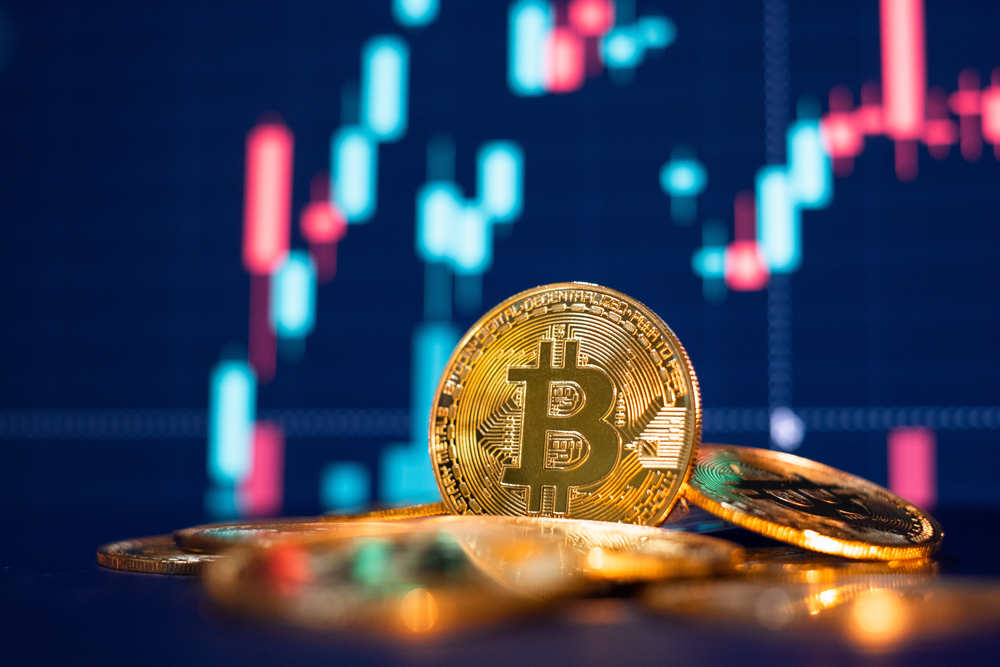Why doesn’t the NPP support crypto payments?

This relatively new payments infrastructure was never meant to facilitate new currency transactions. The question is whether it should.
Most of us take for granted every day actions like using our phones to make a payment and transfer money instantly. But behind the scenes a sophisticated network of payment technologies, protocols and regulations supports this and stops criminals hijacking payments in their tracks.
But there’s one area of the payments system that’s still a no-go zone for much of the mainstream banking sector and that’s cryptocurrencies.
Aside from a reputation as the payment method of choice for nefarious activities, in Australia there’s a practical reason why crypto is outside the regular payment rails: the New Payments Platform doesn’t really support it.
The NPP makes it easier to send and receive payments quickly or instantly. So why wasn’t it set up from the start to accept cryptocurrencies? And should this change in the future?
As University of Sydney Business School associate professor, Daniel Gozman, explains the NPP is designed to move Australian dollars between regulated bank accounts in real time.
“It doesn’t handle cryptocurrencies or tokens like Bitcoin or USDC because they operate on decentralised blockchain networks, not through bank-ledger transfers,” says Gozman.
USDC is a type of crypto currency known as a stablecoin, which is designed to maintain a stable value, often because it’s pegged to a fiat currency like the US dollar.
“While the NPP settles in central bank money via the Reserve Bank of Australia, crypto settles independently outside traditional financial infrastructure. The two systems run on fundamentally different rails, making integration technically and operationally difficult,” says Gozman.
Practical considerations
There are other reasons the NPP doesn’t facilitate crypto. On a technical level the NPP uses ISO 20022 messaging tailored for fiat transfers, not blockchain interactions.
“Supporting crypto would require entirely new infrastructure, such as overlay services to link PayIDs with blockchain wallets or convert tokens to Australian dollar, which doesn’t currently exist. Integrating crypto would also require full KYC and AML compliance, which is difficult given the pseudonymous nature of crypto wallets,” says Gozman.
Regulators also prefer to keep crypto and bank payment systems separate to reduce risks from scams and illicit finance.
The necessarily conservative nature of our banks also plays into it. The high quality of Australia’s financial services system is one of its strengths and anything that has the potential to compromise this would not be acceptable.
“NPP participants, mainly banks and payment providers, are cautious. Demand to pay with crypto remains low and banks are wary of the fraud risks,” says Gozman.
The kicker is Australia does not have a central bank digital currency (CBDC) or widely adopted Australian dollar-pegged stablecoin. Without a regulated digital Australian dollar, there's no clear asset for the NPP to support.
RBA Assistant Governor (Financial System) Brad Jones has previously said wholesale digital money and infrastructure including a wholesale CBDC is more of a focus than a retail CBDC. Its Project Acacia is exploring tokenisation and new settlement infrastructure.
“This initiative will form part of a larger effort to step up our engagement with industry and other stakeholders on the question of how our monetary arrangements could better support the Australian economy in the digital age,” he said in a statement.
What’s the future for NPP and crypto?
These limitations aside, long term, there is potential for crypto to be exchanged through the NPP. A regulated Australian dollar stablecoin could potentially be transferred over the NPP, much like digital cash, provided regulatory, technical and risk requirements are met.
“Banks or fintechs could build services that automatically convert between crypto and fiat behind the scenes, allowing the NPP to handle the Australian dollar side of the transaction. If the RBA issues a retail CBDC, it could be integrated into existing channels like the NPP, assuming suitable technical and policy alignment,” says Gozman.
There is some movement in this area, with ByteFederal Australia recently launching a regulator-approved point-of-sale (POS) and digital asset payment gateway (API) through which merchants can accept crypto payments across Australia. ByteConnect has been approved for rollout under ASIC’s Enhanced Regulatory Sandbox.
“If adoption of digital currencies grows among consumers and businesses, the payment system should adapt to support new use cases,” says Gozman.
Stablecoins could also potentially offer faster, cheaper settlement for both domestic and cross-border payments, especially compared to traditional correspondent banking. Linking NPP payments to programmable blockchain logic could also support more innovation in financial products and services.
“Bringing crypto into the regulated payment system may reduce reliance on unregulated alternatives and improve consumer protection,” says Gozman.
There are also arguments against integrating crypto in the mainstream payments infrastructure. For instance crypto could expose the NPP to scams, fraud and illicit activity without robust safeguards.
“If a stablecoin used on the NPP de-pegged or failed, it could damage trust in the broader system. APRA would likely require any stablecoin to be as secure as a bank deposit,” Gozman explains.
Plus, upgrading the NPP to support crypto would be costly and complex for banks and payment providers.
“Australia is still developing the legal framework for digital assets and integrating crypto before this is settled could prove premature,” says Gozman.
There are also existing workarounds. Crypto users can convert to Australian dollars via exchanges and then use the NPP as normal.
Ultimately, integrating crypto into our payments infrastructure comes down to demand.
There’s no urgent need to build crypto into the system directly and that’s why it hasn’t happened yet.
But who knows what the future holds?


